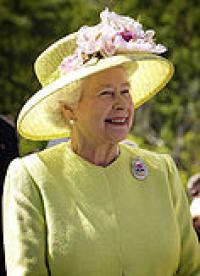|
|
|
Per the Canadian constitution, the responsibilities of the sovereign and/or governor general include summoning and dismissing parliament, calling elections, and appointing governments. Further, Royal Assent and the royal sign-manual are required to enact laws, letters patent, and orders in council. But the authority for these acts stems from the Canadian populace and, within the conventional stipulations of constitutional monarchy, the sovereign's direct participation in any of these areas of governance is limited, with most related powers entrusted for exercise by the elected and appointed parliamentarians, the ministers of the Crown generally drawn from amongst them, and the judges and justices of the peace. The Crown today primarily functions as a guarantor of continuous and stable governance and a nonpartisan safeguard against the abuse of power, the sovereign acting as a custodian of the Crown's democratic powers and a representation of the "power of the people above government and political parties." The historical roots of the Canadian monarchy date back to approximately the turn of the 16th century, when European kingdoms made the first claims to what is now Canadian territory. Monarchical governance thenceforth evolved under a continuous succession of French and British sovereigns, and eventually the legally distinct Canadian monarchy, which is sometimes colloquially referred to as the Maple Crown. |




 RSS
RSS